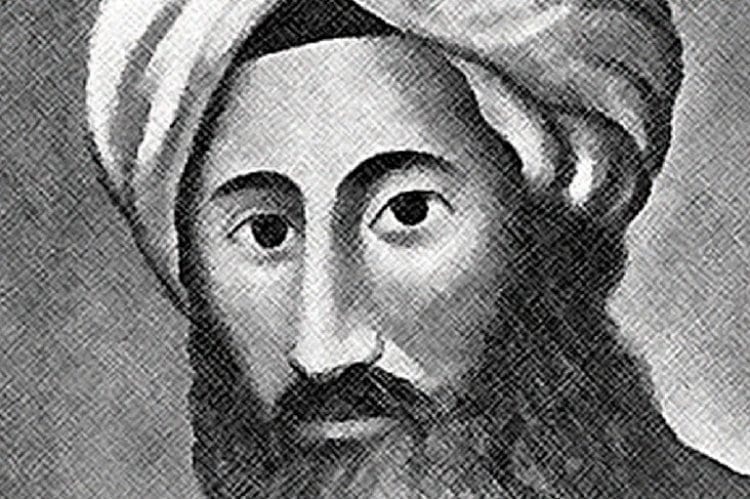The lion was going hunting with his son the lion cub. They looked for prey many hours with hungry eyes. Suddenly a deer appeared cowering between the bushes. The lion jumped toward the deer to pounce on him and bring him back to his den for a tasty meal.
But the deer was quick and got away between the bushes and disappeared. But the lion when pouncing on the deer missed him and dug his tooth deep into a tree trunk. His tooth got stuck there and now the lion has a big ugly gaping hole in his mouth. The lion and his cub looked for the tooth but couldn’t find it. They realized it was lost.
How can the lion come home without his big strong tooth? This is terrible! How can the mighty King be missing a tooth? Will he go hungry? If they would have found the tooth they could have gone to the wolf who was a dentist to fix the lion’s tooth back in place. But what are they going to do now?
The lion went back to his den very sad and bent over. He can’t take his mind off that tooth. The lioness tried to cheer him up but it didn’t work. “It can’t be the king should go around without a tooth” he said quietly.
All the animals of the forest spoke of the king’s pain. They loved the lion and wanted to help him any way they could. The elephant made a meeting and announced; “the elephant ensemble will stand outside the king’s den and serenade the king tonight to gladden his heart.” That evening the elephant ensemble gathered and serenaded the king singing: “forever more live the king, may his brave heart not fear!” The lion came out and tried to look happy but he couldn’t. The elephants understood that what they did wasn’t enough as the king is in great pain.
The next morning a group of crocodiles visited the lion and offered him a bouquet of beautiful fragrant flowers. “Our master the king” they said bowing deeply, “please stop worrying”. But the lion was not convinced and he remained a sourpuss, embarrassed to show his teeth.
The roomer spread that the king is deeply depressed and whatever the animals would do did not bring him enjoyment. They brought many gifts to no avail.
One night the rabbit showed up to pay a visit to the lion. The lioness opened the door and asked; “little rabbit what did you come for?” The rabbit bashfully answered, “I brought something valuable for the king.” The rabbit opened his hand and there was a big white tooth! The lion’s eyes were shining and he was ecstatic! It’s my tooth it’s back, he shouted. The rabbit was brought into the den and explained; “for days I looked around where the king lost his tooth and I finally found it!” The lion exclaimed, sweet little rabbit, you are amazing! I will reward you with great wealth!”
The lion started dancing with the rabbit celebrating the return of his tooth. The rest of the animals found out and were very happy but they also learned an important lesson: When you want to help someone, simply try to understand what he needs and give that to him!
What do we learn from this?
Someone is in pain or in trouble and you want to help him. First find out what he needs and exactly what he is lacking. If you do that you’ll be successful because you’ll know what to help him with to solve his problem. You’ll turn his sadness into happiness!





